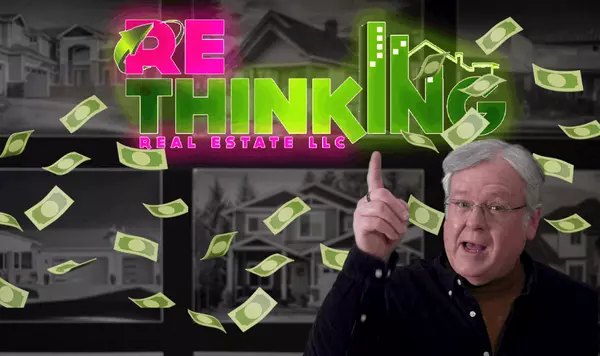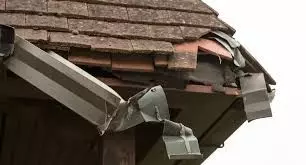

A Lazy, Tasty, Totally Fun Weekend in Lake Chelan You’ll Want to Copy
We just got back from a quick escape to Lake Chelan, and let’s just say—it did not disappoint. The weather was so good we considered bottling it up and selling it (but we settled for cider instead—more on that in a sec). Whether you're in it for the eats, the adventure, or just a solid weekend of
Read More

Cost Segregation: The Tax Strategy I Wish I’d Known About 20 Years Ago
I spent two decades as a landlord and real estate investor before I ever heard the term “cost segregation.” That’s not something I say with pride—it’s more like one of those "I wish someone had told me sooner" moments. Because once I learned what a cost segregation study was, I realized I had misse
Read More

Don't Lose Your Dream Home! The #1 Step to Buying in Pierce County
Thinking about buying a home in Western Washington? It's exciting—and it’s easy to get caught up scrolling through listings and imagining your new space. But before you start walking through homes or picturing furniture in that dream kitchen, there's one step you don’t want to skip: getting pre-appr
Read More
Categories
Recent Posts










